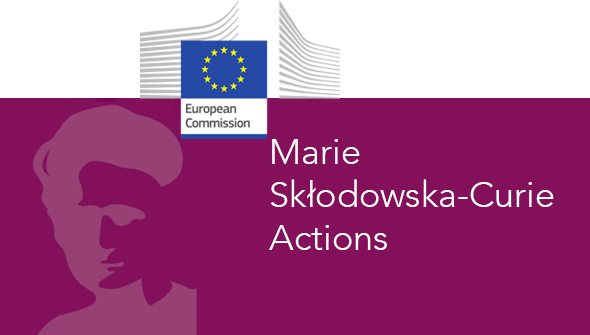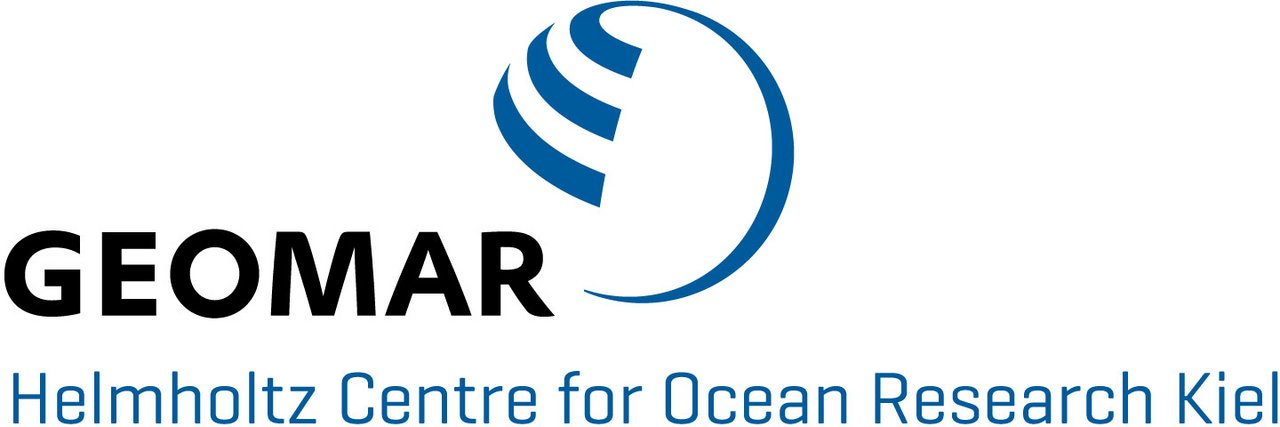UGA
UGA is one of the major multidisciplinary French universities with 55000 students and 100 research laboratories. With 9000 foreign students, half of the PhD students coming from all over the world, and more than 8000 researchers visiting every year, UGA is an internationally engaged university.
The Institute of Earth Sciences (ISTerre) and the Institute of Geoscience of the Environment (IGE) are joint research units between UGA and CNRS. ISTerre and IGE manage top level research programs on various aspects of earth sciences, from surface processes, glaciology, hydrology, to the very deep earth (mantle, core). ISTerre is at the origin of ambient seismic noise passive imaging and monitoring. It has developed an international renowned expertise in seismic hazard and gravitational risks. IGE is internationally known for its expertise in monitoring and modeling remote environments of the Earth’s surface (mountain glaciers and rivers throughout the world, polar ice sheets) that are key players and witness of global climate changes. Together, ISTerre and IGE are key laboratories at the origin of “environmental seismology”
ISTerre and IGE employ more than 400 people, including about 200 research scientists and more than 100 PhD students.
Key Research Facilities
ISTerre offers access to the “geophysical prospection instruments platform” : seismic and electric survey, differential GPS, magneto-telluric survey, GPR sounding. IGE offers support for dedicated field campaigns on river environments. ISTerre and IGE have access to the “French mobile seismology network” (renting at very low cost) managed by the INSU-CNRS department, that includes hundreds of seismic stations. Both of these laboratories own a very high level computing facility with access to a large resource of clusters through the CIMENT Platform. ISTerre and IGE offer a full research environment to phd students : access to hardcopy and online bibliography, desk environment.





